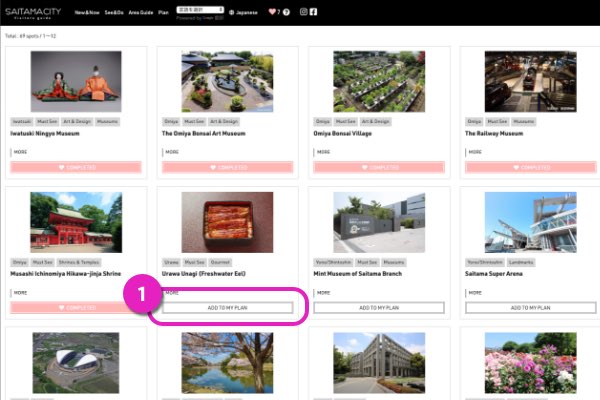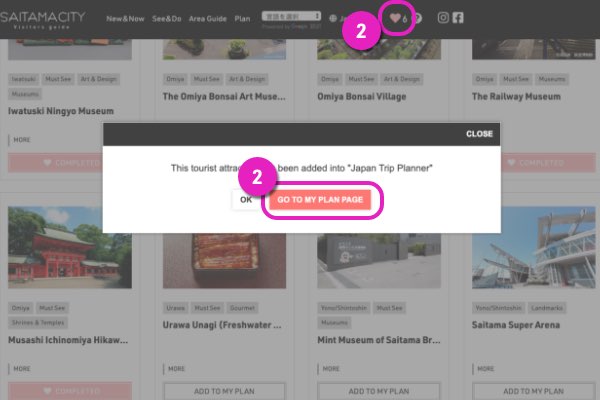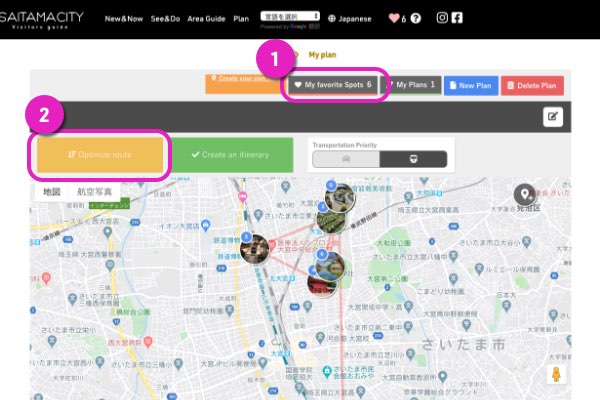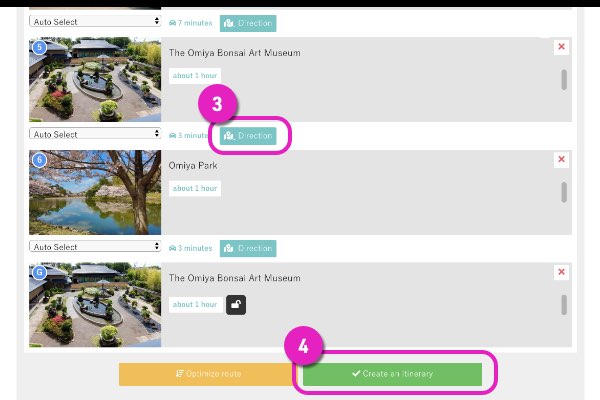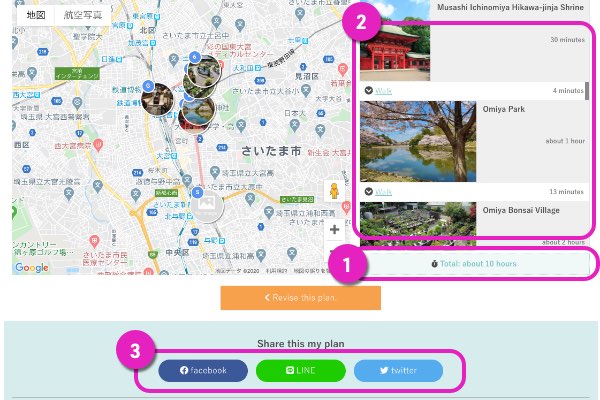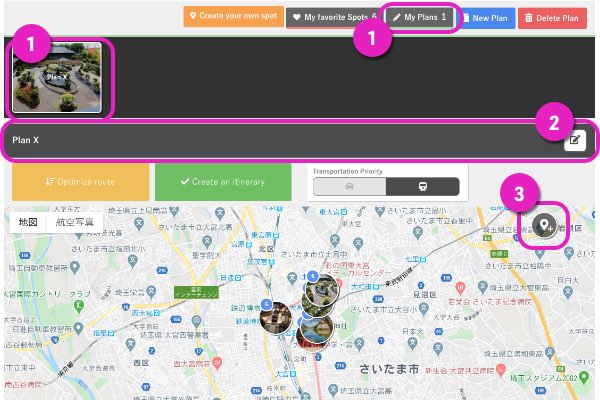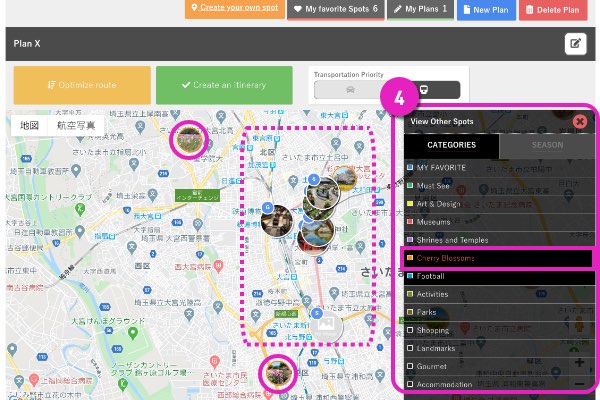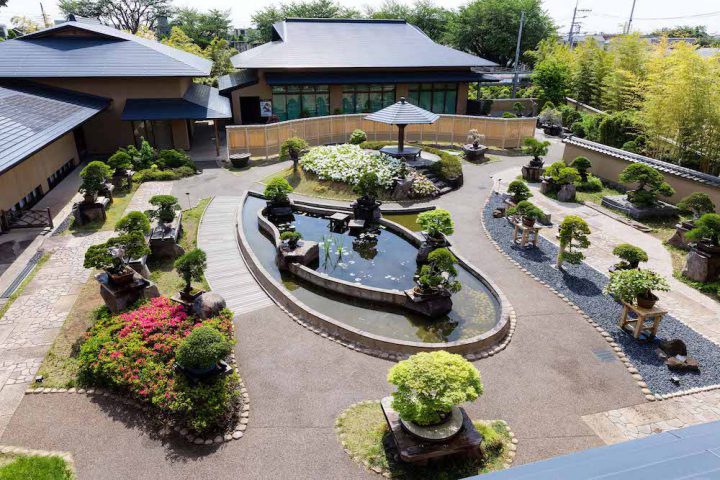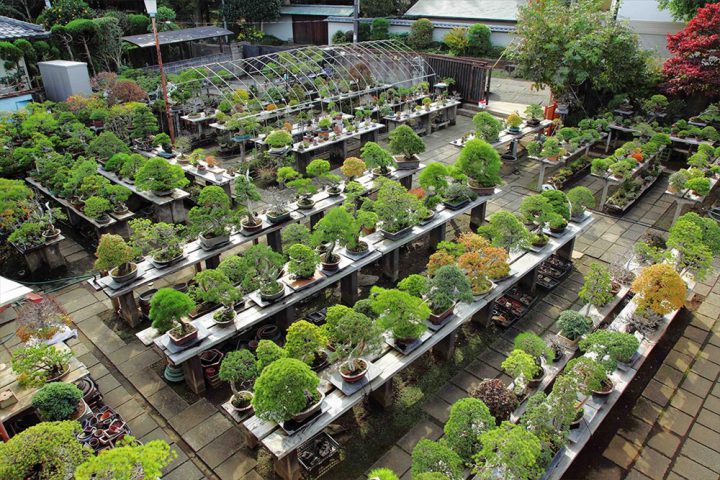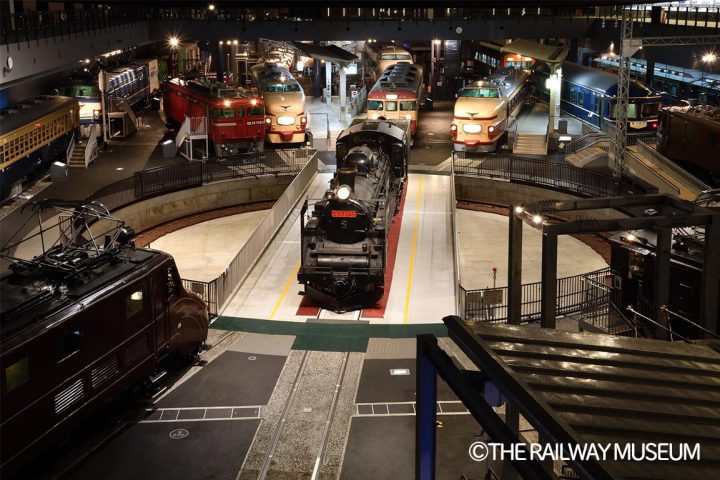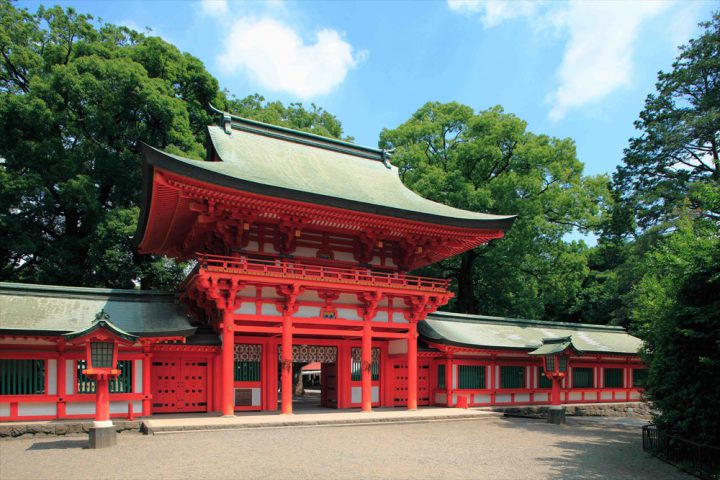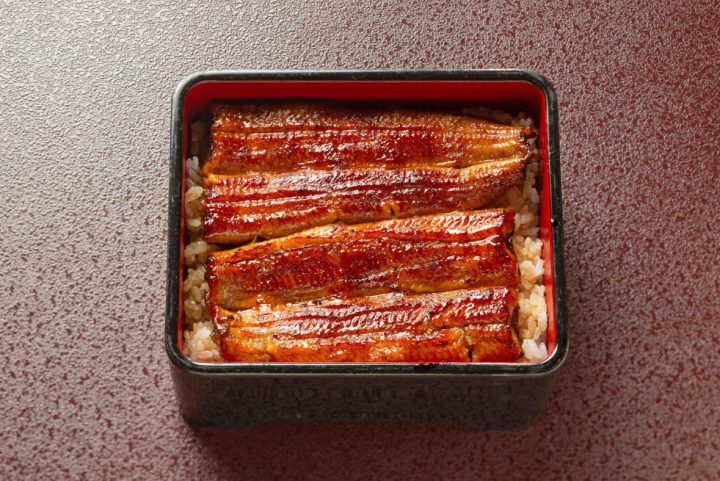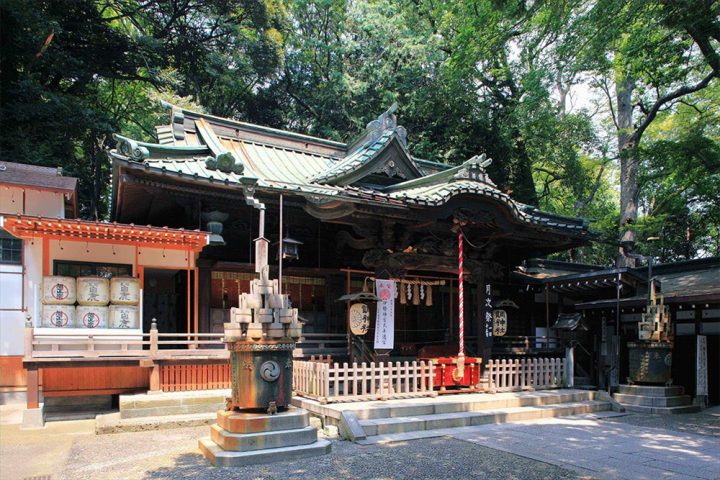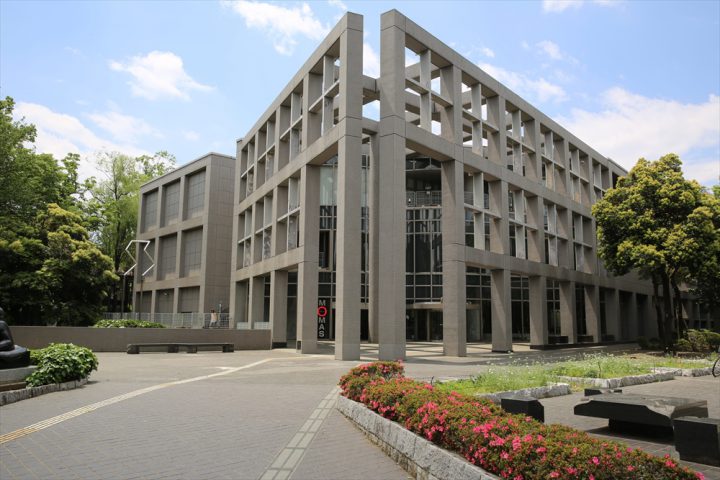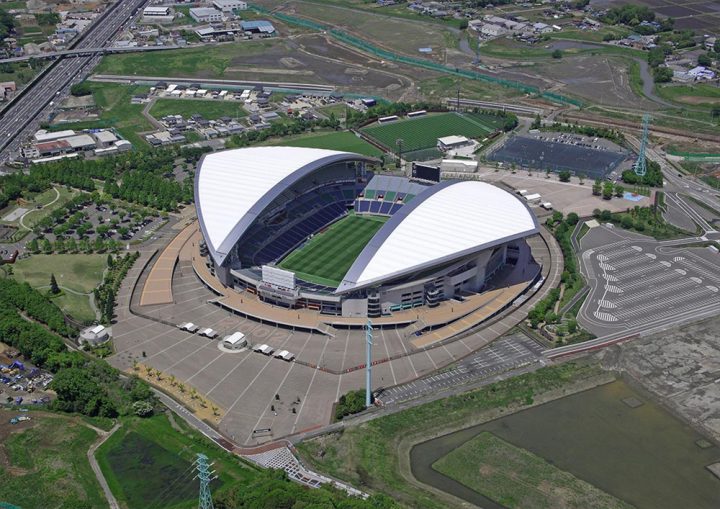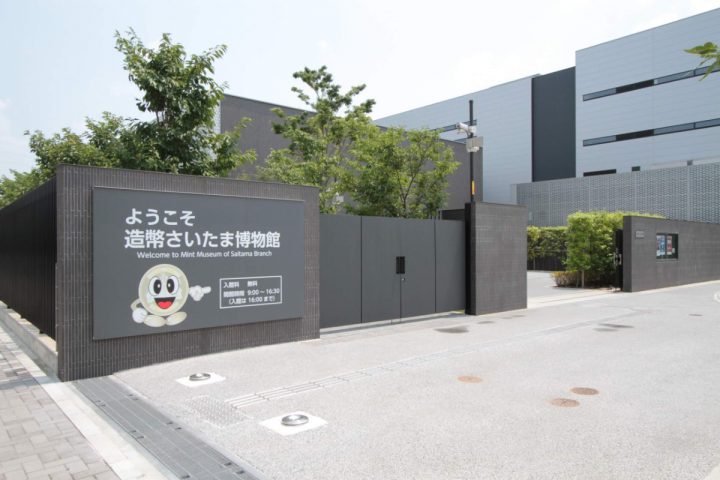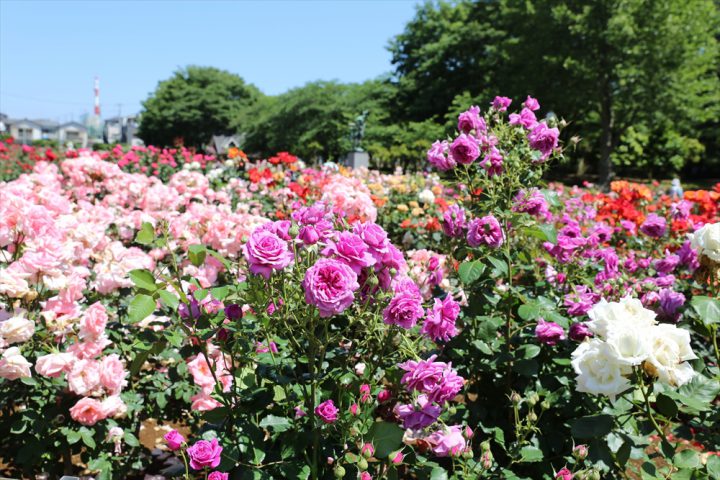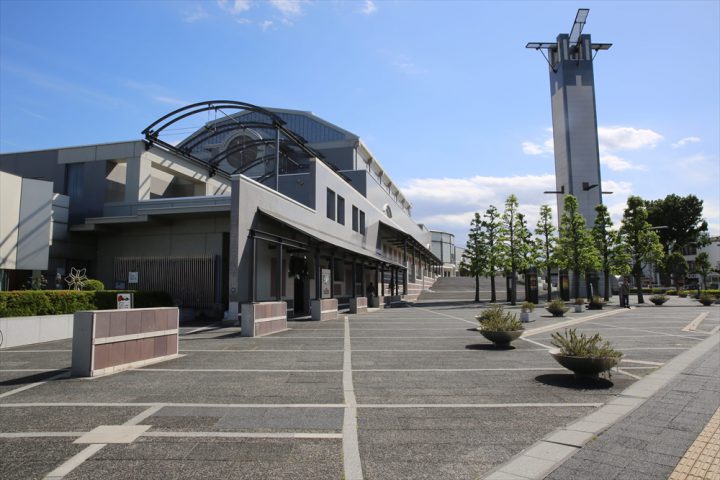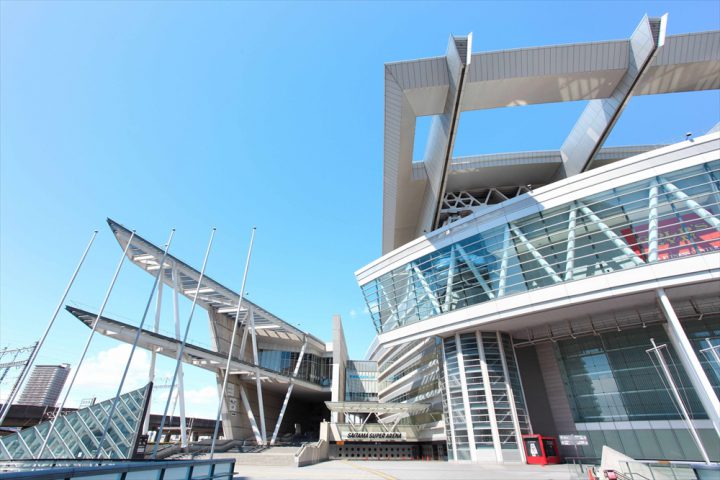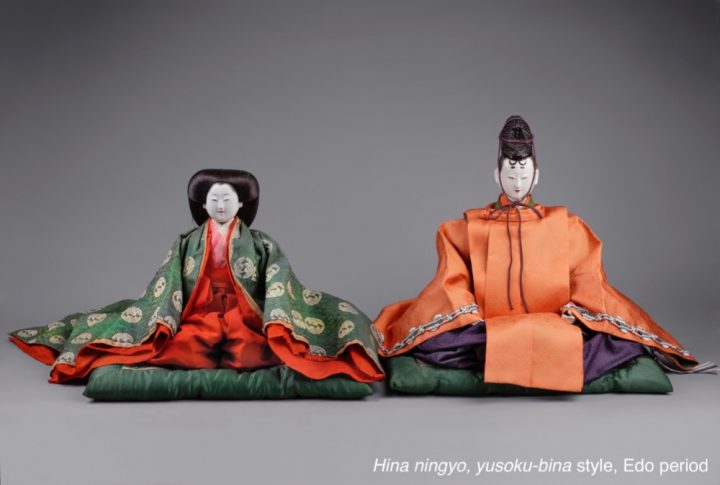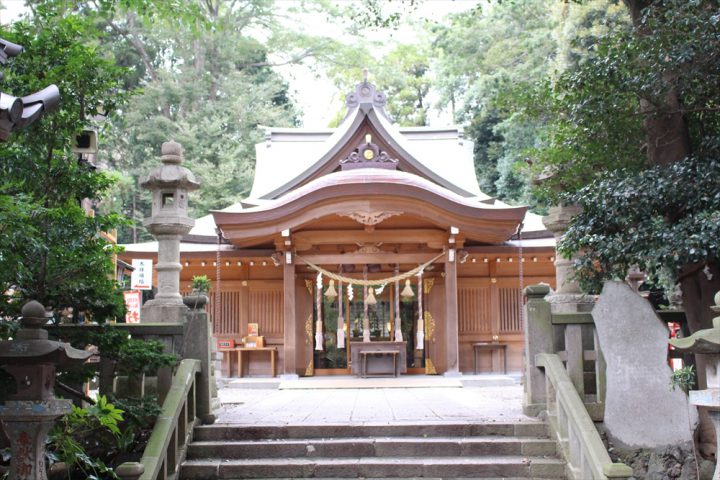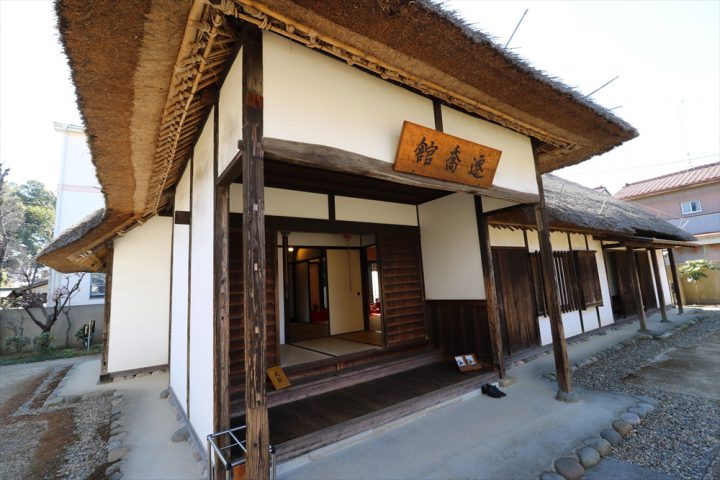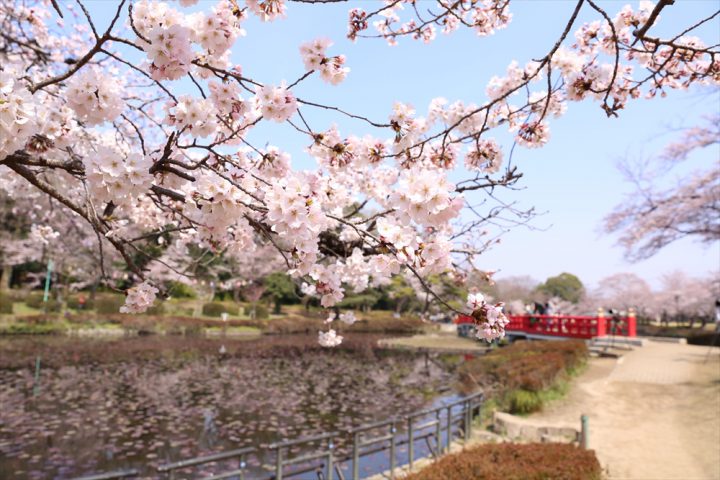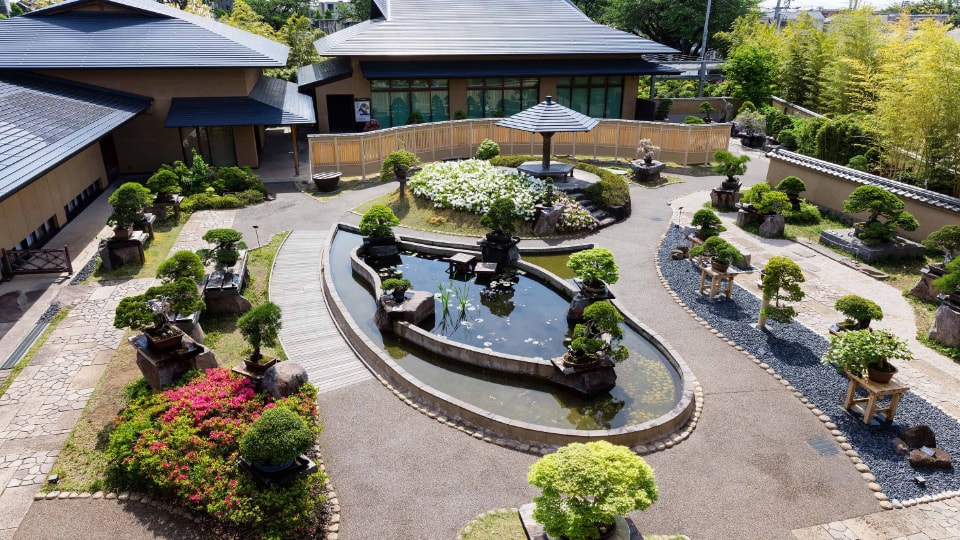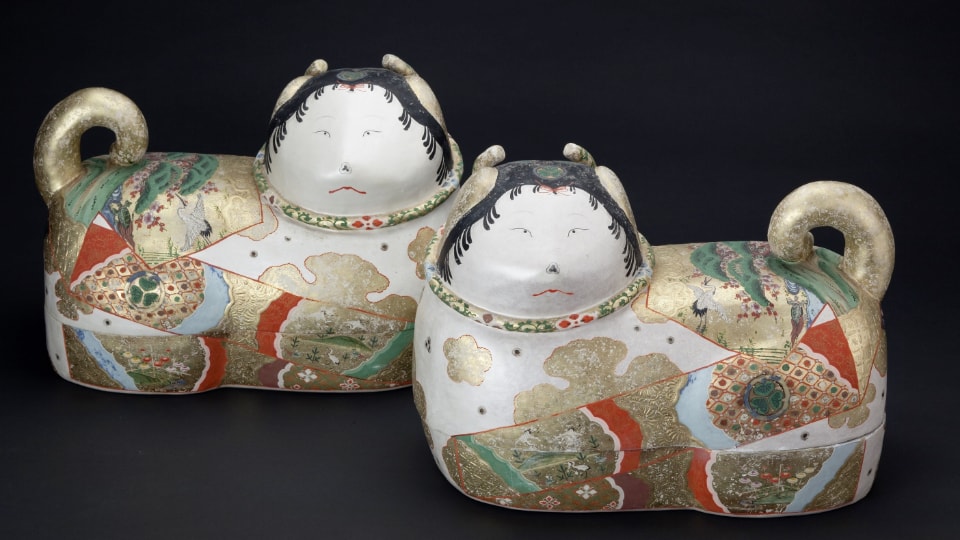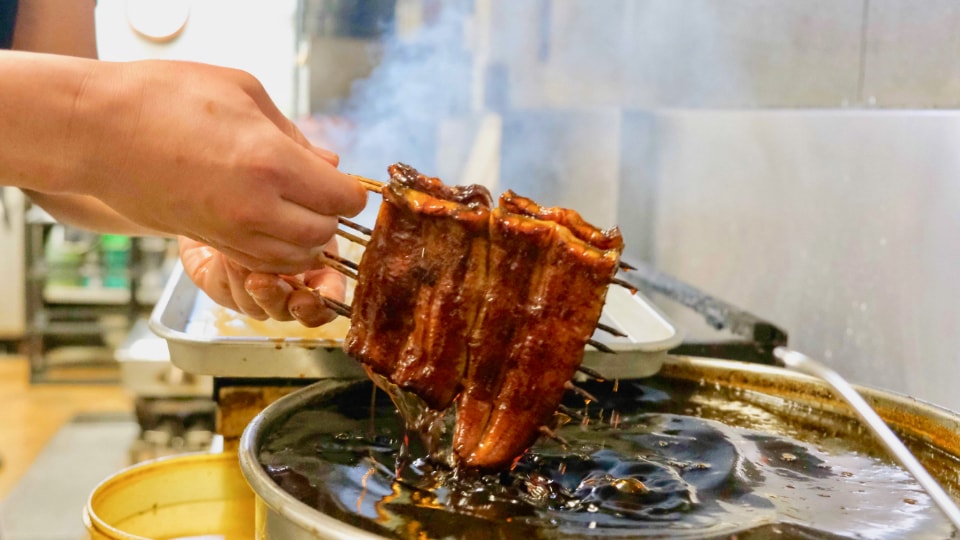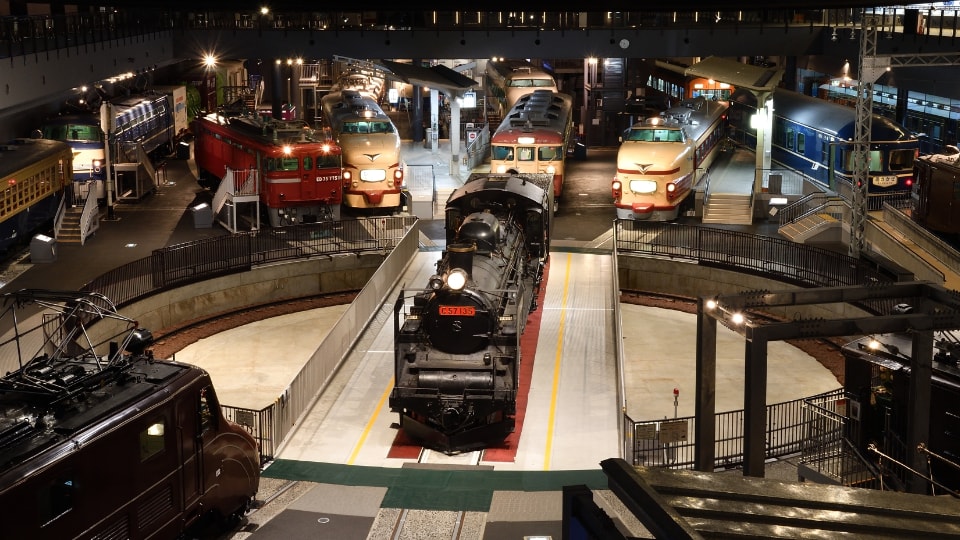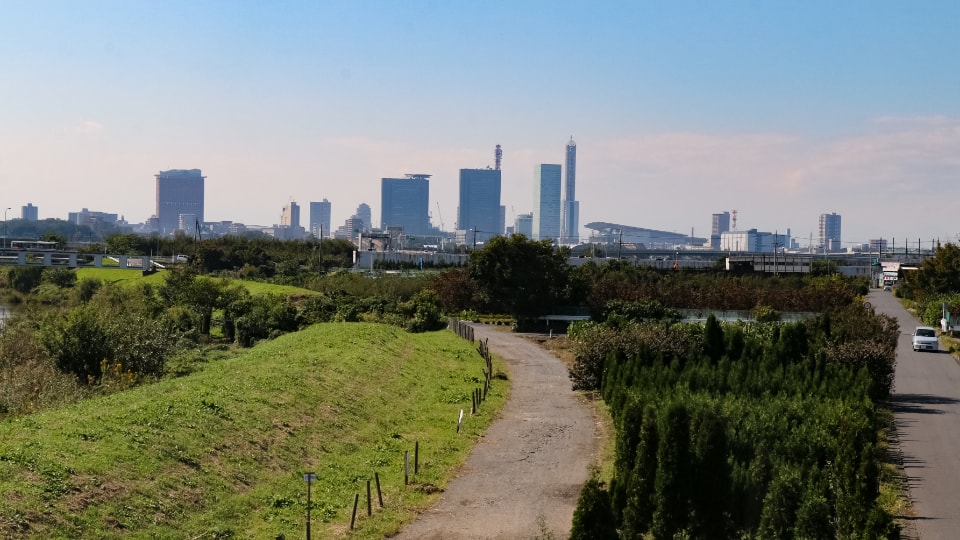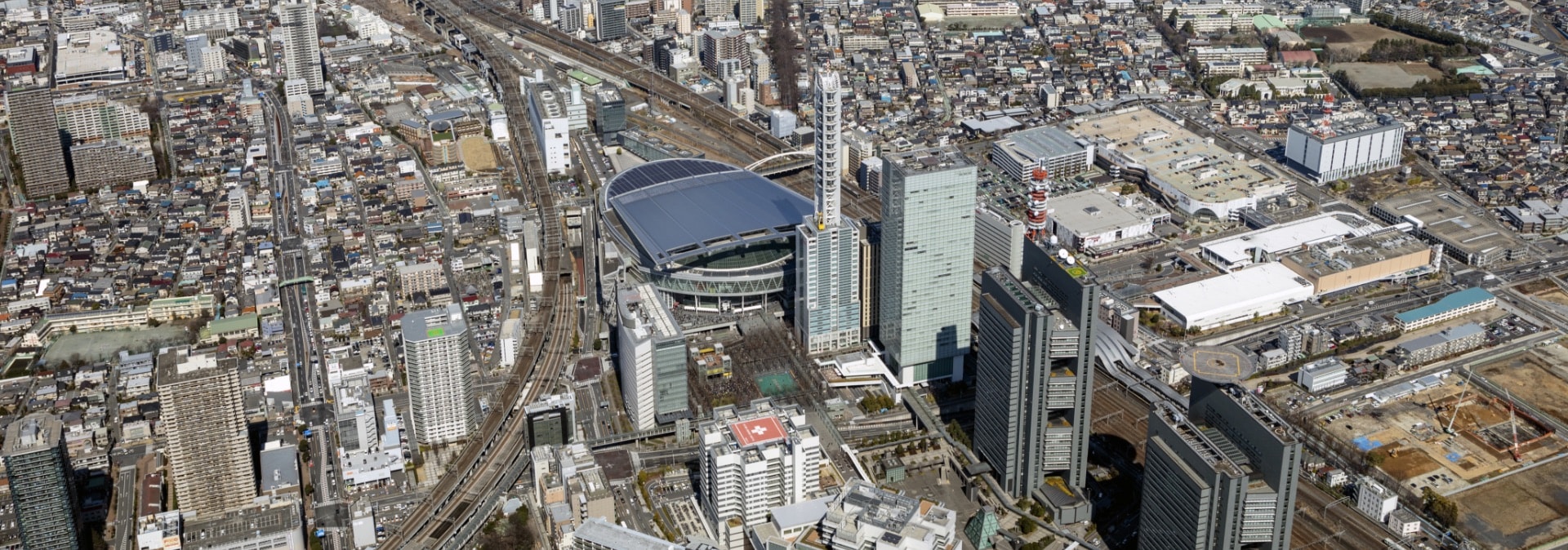
Area Guide
Learn more about four attractive areas in Saitama City.
Omiya

About Omiya
Conveniently located just north of Tokyo, Omiya is the biggest little attraction around. “Little” meaning it isn't on the usual list of tourist destinations, and “biggest” because of the wealth of culture and cool spots to explore! First of all, if you plan on traveling north on the bullet train, you will most definitely pass through Omiya station. It's a very large checkpoint where the main bullet train routes splinter off to all other destinations in Northern Japan. If you intend on traveling by bullet train further north, Omiya would make a much more convenient and reasonably priced place to get a hotel than many places in Tokyo.
The station itself is surrounded by a plethora of shops, restaurants and bars, and other entertainment, giving you a very comparable experience to any of the major stations in the Tokyo area. However, a big appeal of being in Omiya is that you are not very far from all kinds of nature. Residential areas are dotted with parks, like Omiya park, which is just a 20-minute walk from the station. It's immense, and nearby one of the most famous shrines in the region, Musashi Ichinomiya Hikawa-jinja Shrine. The season is only for a couple of weeks in the early spring, but Omiya is well known for some of the best cherry-blossom spots in all of Japan. Furthermore, Omiya is also renowned as the “bonsai capital”, with many famous gardens to peruse for free.
If you've become a fan of trains after coming to Japan, the famous Railway Museum is just a 5-minute ride on the “New Shuttle” train line from Omiya station. Even sports fans can find something here, as the Omiya Ardija soccer team, known for their vibrant orange colors, call this place their home ground.
Whether you need a convenient checkpoint before you continue to Northern Japan, or you're looking for a slightly less busy day trip, Omiya has it all: shrines, nature, good food and drinks, museums, and all at a more relaxed pace and reasonable price.
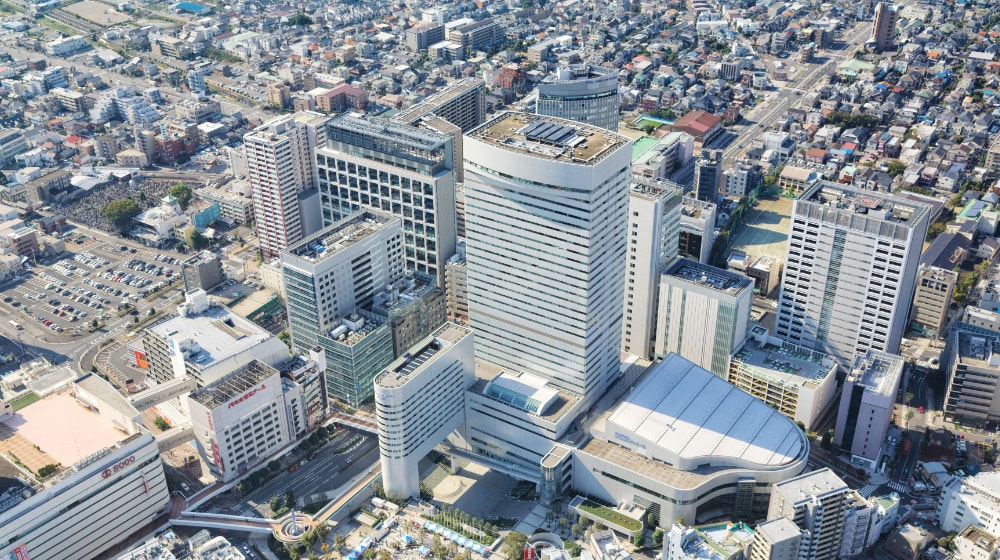
Urawa

About Urawa
Home to one of the most famous domestic soccer teams, the Reds (officially “Red Diamonds”), Urawa is also a historically significant area, set in between Omiya and Northern Tokyo.
Now one of the most prolific residential districts in Saitama city, Urawa made its beginnings as a popular location back in the Edo period, as a “post town” dotted with inns for caravans of travelers to stay a night or two. It's a great location to be a checkpoint, as it’s the last leg before reaching the capital of Tokyo (formerly Edo) just to the south. Conversely, on their trips north to the Shogunate family shrine in Nikko, the Tokugawa Shogunate liked the area for its open expanse and viability as an area for hunting with their hawks, believe it or not!
One thing that kept everyone coming back to Urawa was its bounty of unagi (freshwater eels), which continues these days to be a favorite among visitors and residents. Urawa has many unagi specialty restaurants that have been perfecting their preparation techniques for hundreds of years, dating back to even before the Edo period. Unagi is now a nationally loved delicacy, and is highly recommended as a “stamina” food, rich in vitamin A, and has long been a go-to for overcoming the summer sluggishness of Japan due to the high humidity. Plenty of water and a delicious eel rice bowl will keep your travel fun and energetic even through the hot months.
While you have that stamina from unagi, let your soccer spirit come out in an area with a famously passionate fan base! The Urawa Reds call the nearby Saitama Stadium their home and are a big name on the J-League circuit. Saitama Stadium was one of the host stadiums for the 2002 FIFA World Cup, and soccer fever is as strong as ever here. If you're a soccer fan, be sure to stop by the stadium and the official Reds shop in the basement of Urawa station.
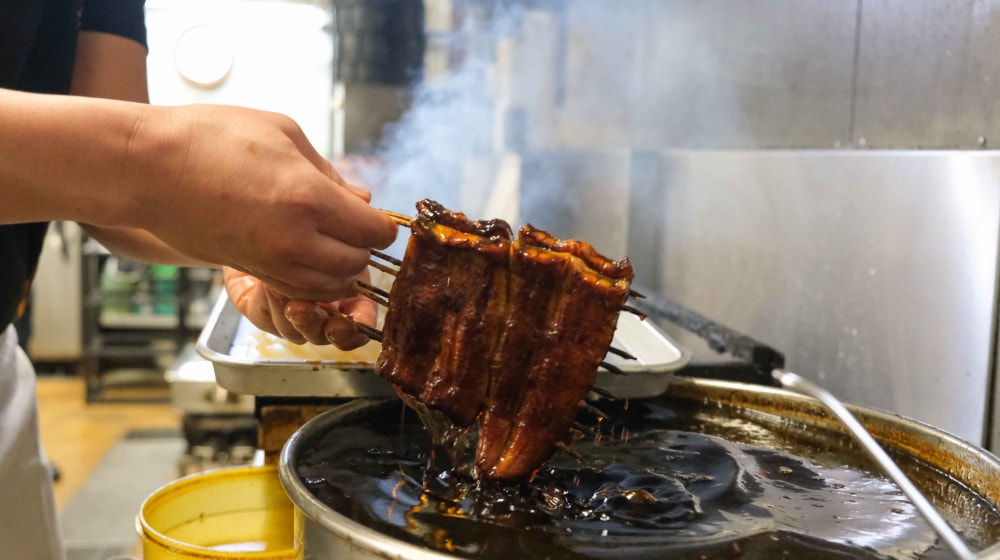
Yono/Shintoshin

About Yono/Shintoshin
South of the central hub of Omiya, the Yono area and Saitama-Shintoshin area offer two unique perspectives on Saitama City. Yono with a suburban pace and more nature, and Shintoshin that is a bustling shopping and event area.
Shintoshin to the east is the modern side of town. Literally meaning “new city center”, this area of Saitama City was built up quickly, with a very 21 st- century layout. It's different than places that have grown naturally over decades with winding roads and shops scattered among residential areas. It has a science-fiction feel to it as if it appeared overnight as an urban utopia. Next to the station is both the Saitama Super-Arena, and the sleek shopping mall Cocoon City, giving you plenty of options for entertainment, shopping, and events without going far. Although, venturing into the architecture and city design away from the station is quite fun for any urban explorer.
Toward the west, you can journey out into slightly older Saitama City. Yono is for the flower enthusiasts both local and from abroad, made famous by the Yono Park's extensive rose fields. The park opened in 1877, and its rose fields have been growing over time through immaculate maintenance and popularity among visitors. In the 1970s, a section of cherry blossom trees was added, further solidifying the park as a top destination for garden-goers. If you've finished strolling through the park, continue walking south to see the giant Kaya tree (a nutmeg variety in Japan), which stands nearly 22 meters high, and is said to be over 1000 years old!
Get the best of both worlds with Saitama-Shintoshin, and the Yono areas: a modern urban paradise, along with the preservation of nature.
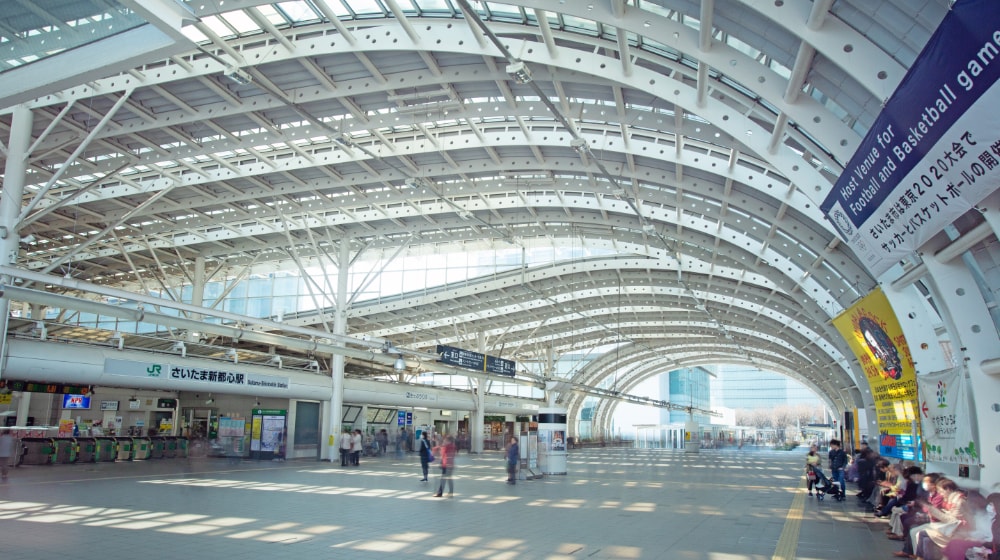
Iwatsuki

About Iwatsuki
The Iwatsuki area came to prominence long ago, back in the 1400s, when Iwatsuki castle was constructed. After the warring states period ended, and the Edo period began in the 1600s, it quickly came to be an important castle to stay at for the Shogun leaders frequently traveling between the capital city of Edo, and the mausoleum and shrine of Nikko further to the north.
Many of the craftsmen responsible for maintaining and improving the Nikko shrine found themselves setting up homesteads in Iwatsuki. It's said that this was the beginning of the doll crafting that Iwatsuki is very famous for to this day. The highly regarded Iwatsuki dolls are used nation-wide during “Hina-Matsuri”, celebrated in March, in which many families set up a display of dolls in their home to wish for the prosperity of their children. These are intricately crafted dolls, and many become priceless family heirlooms after multiple generations. If you have any interest in Japanese dolls or figurines, come here to see the beginnings of it, and join a workshop to try the craft for yourself!
Although Iwatsuki castle is no more, the people here still take pride in this being an important place for the Shoguns of the Edo period to come through, and as a northern protector of the capital, which is now Tokyo. This spirit lives on through Hisaizu-jinja Shrine, which was an important stopping point for the Shoguns as well as a place to pray before continuing on to Nikko.
Just a short ride east from Omiya, Iwatsuki maintains a strong sense of history and is both off the beaten path and full of cultural gems you won't find anywhere else.
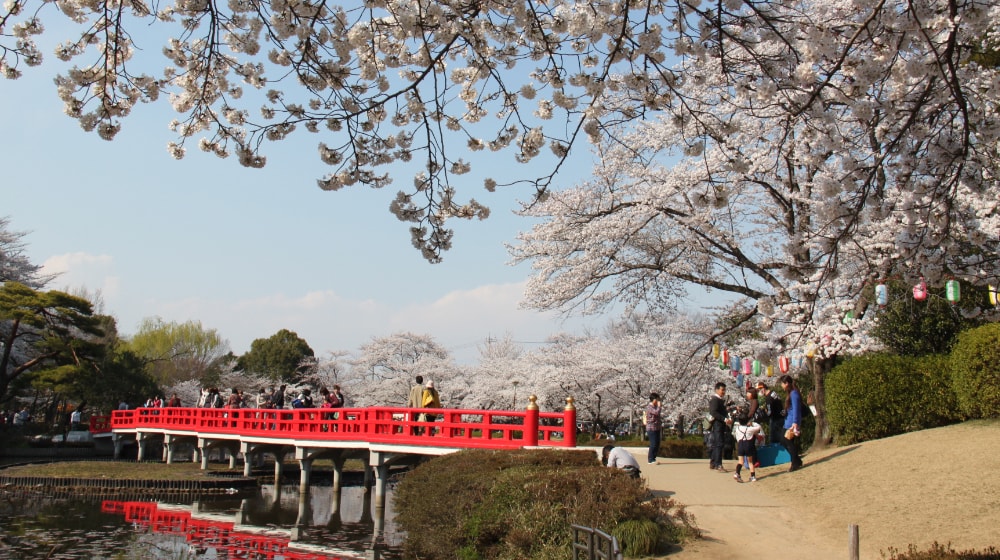
Itineraries
Hot spot map
